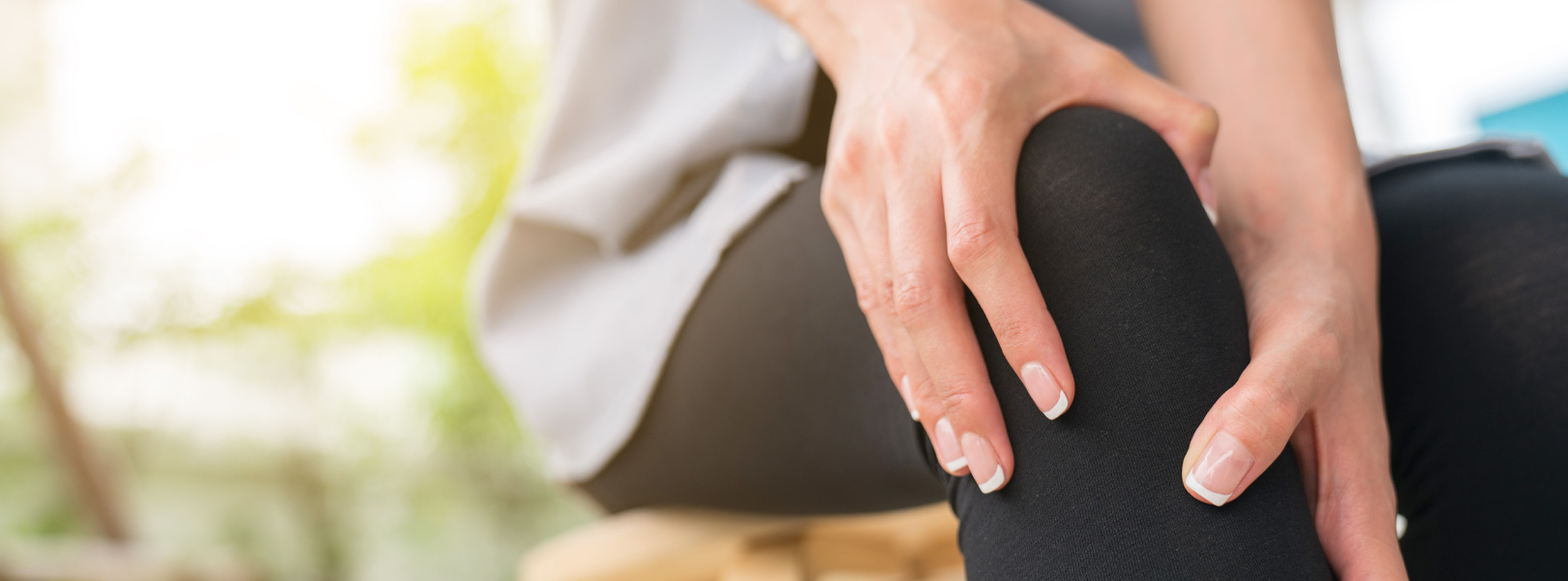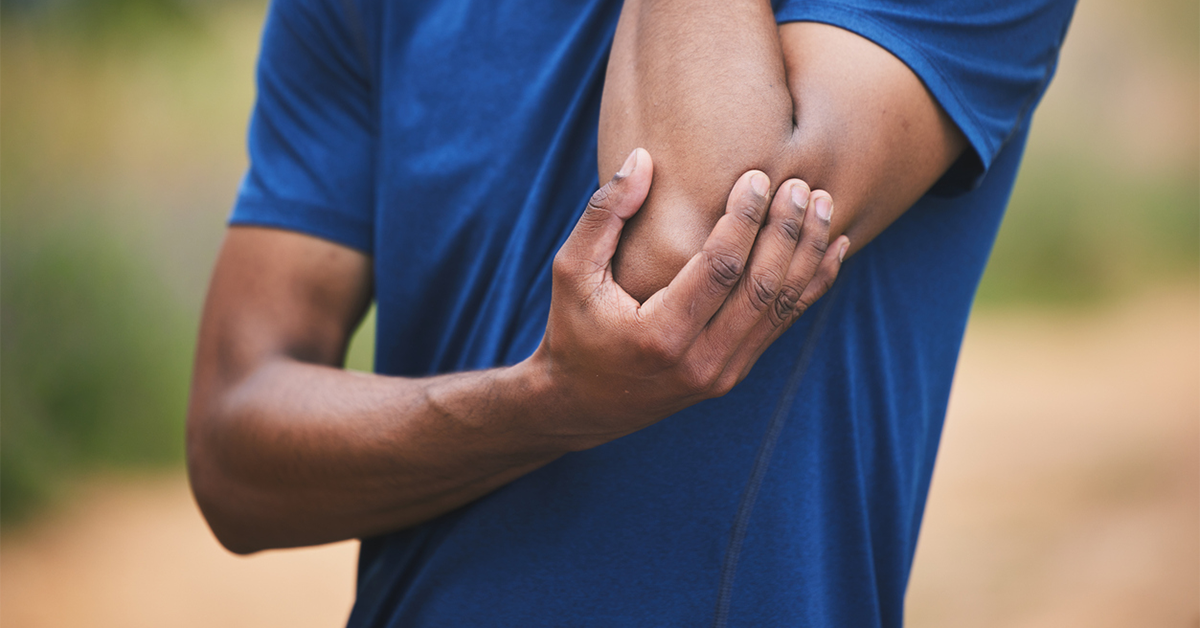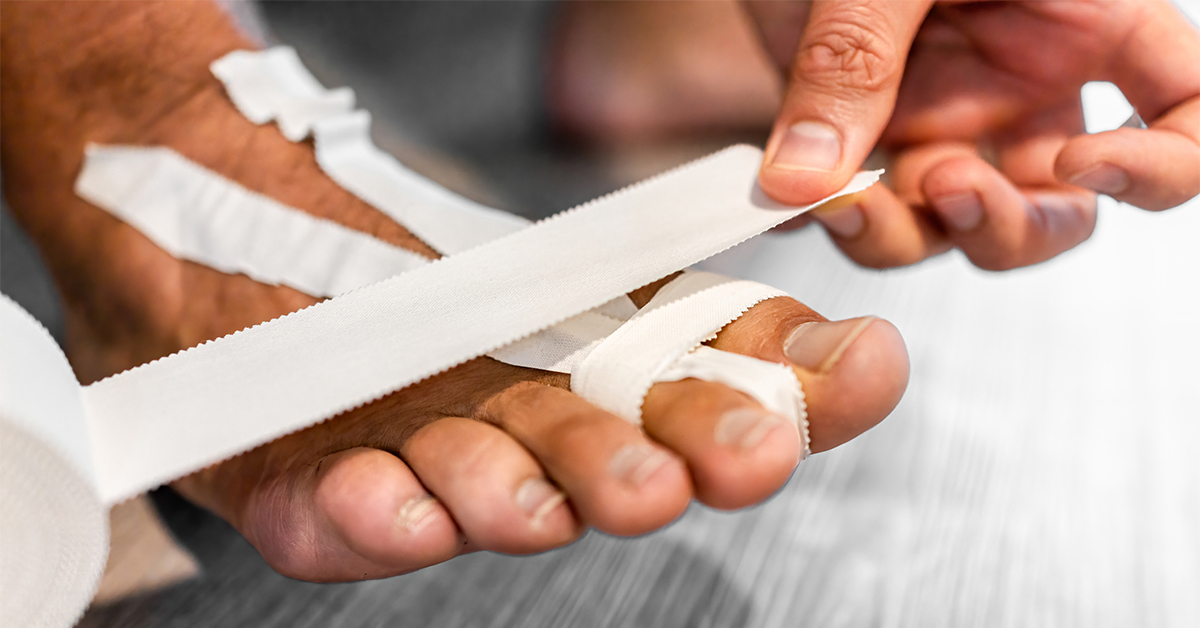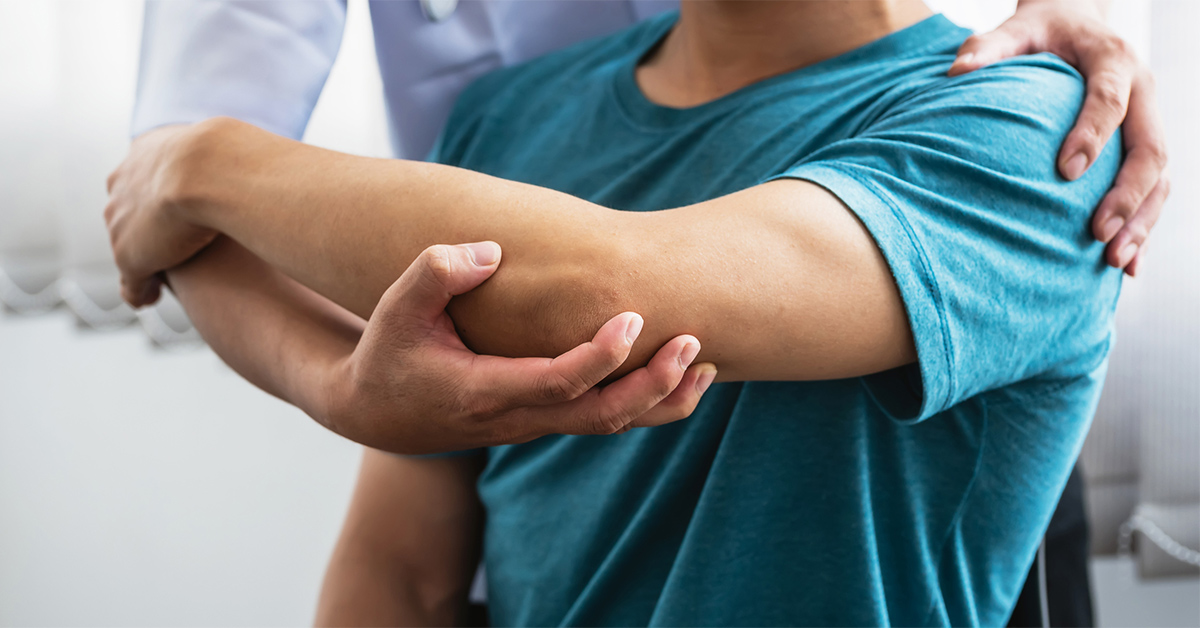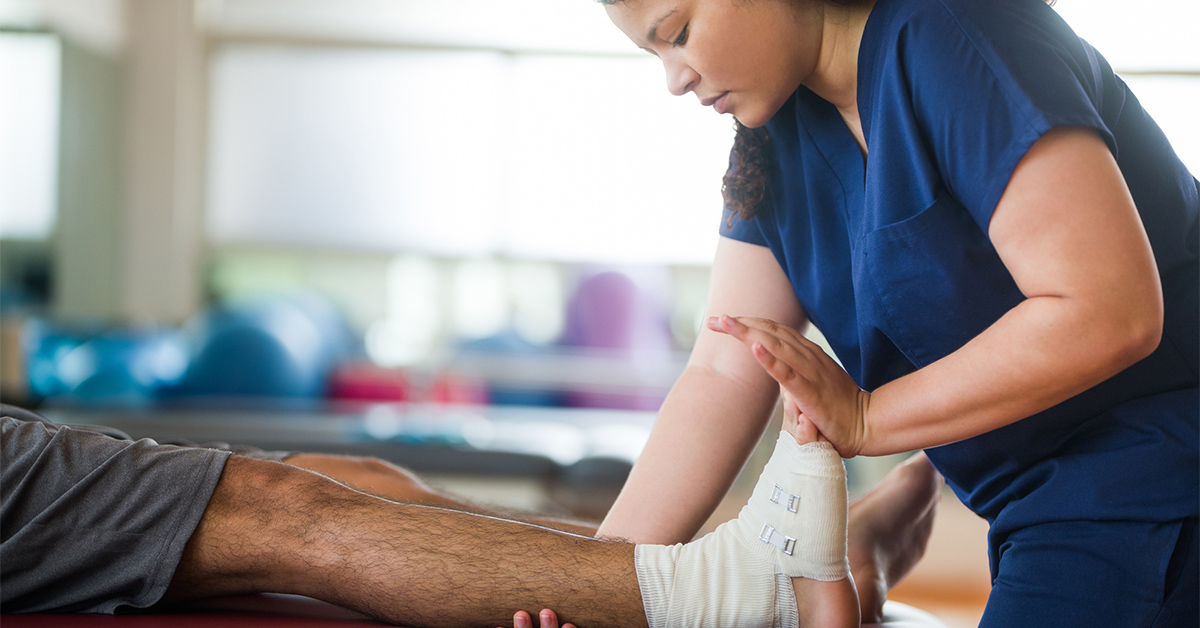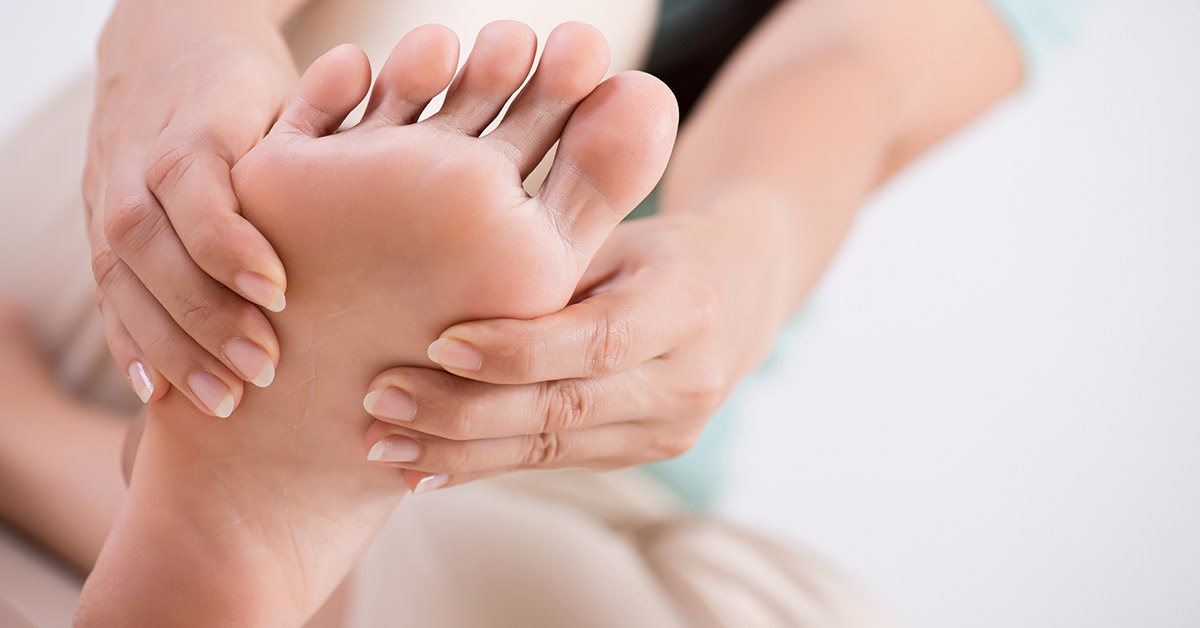An Anterior Cruciate Ligament (ACL) tear is a dreaded season-ending injury. The recovery is long and challenging. Any athlete participating in high-intensity contact sports has the potential to sprain, tear or even rupture the ACL, a flexible band of tissue that runs diagonally in the middle of the knee and provides the knee the stability it needs to rotate.
Female athletes are between two and 10 times more likely than male athletes to tear their ACL. There isn’t one specific reason this is the case, and it has been a source of great debate. Orthopedic experts are starting to agree that differences in how a woman’s body is structured (anatomy) and how it moves (biomechanics) both contribute to women’s increased risk of ACL injury.
Anatomical Factors: There are anatomical differences between men and women that might cause women to have more ACL injuries for several reasons. They include:
- Pelvis width
- Q-angle or the angle at which the femur meets the tibia
- Size of the ACL
- Size of the intercondylar notch (where the ACL crosses the knee joint)
Women also have more elastic ligaments than men do, and this greater flexibility makes the ACL more prone to being stretched and twisted.
Technical or biomechanical factors: Some orthopedic researchers believe that the most conclusive evidence shows that ACL injury rates are most influenced by biomechanical differences between men and women. Some of these include:
- Landing position: When landing from a jump, women tend to land with their knees straight, which transfers the force of impact to the knee joint. Because they tend to land with their knees bent, men tend to absorb more of the energy.
- Flat-footed landings: When they jump, women also tend to land with the soles of their feet instead of on the balls of their feet. By landing flat-footed, the knee has to absorb most of the shock.
- Quadricep vs. hamstring strength: Because women tend to have stronger quadriceps than hamstrings, female athletes tend to rely on their quads for movement. The knee compensates for this by putting added stress on the ACL.
- Running upright: Women tend to run in a more upright position than men do, giving them less control over how the knee rotates.
Lowering the risk of ACL injuries
The Welia Health team can help female athletes lower their risk of ACL injuries. Preventing ACL injuries is most effective with a comprehensive approach. To lower a female’s risk of an ACL injury, it’s important to:
- Increase leg muscle strength and core muscle strength
- Improve or learn proper jumping and landing techniques
- Improve balance and speed
- Wear proper footwear specific to the sport
The most effective methods to reduce ACL injury risk is to strengthen the muscles that support the knee, including the quadriceps, hamstrings, hip adductors, and gluteus muscles and to do plyometric training. Plyometric training involves various jumping techniques, lateral bounding and lunges, sprinting and resistance training and helps to build strength, speed, agility and coordination.
Athletes will also want to consider an evidence-based, sport-specific training program. These programs will not only help athletes lower their risk of injury but will also improve their performance.
What to do when you experience an ACL injury
Even with proper prevention programs, injuries can occur. If you suspect an ACL injury, contact Welia Health’s orthopedics department. Early treatment is critical to reducing pain and swelling and to recovering quickly.


